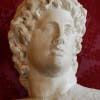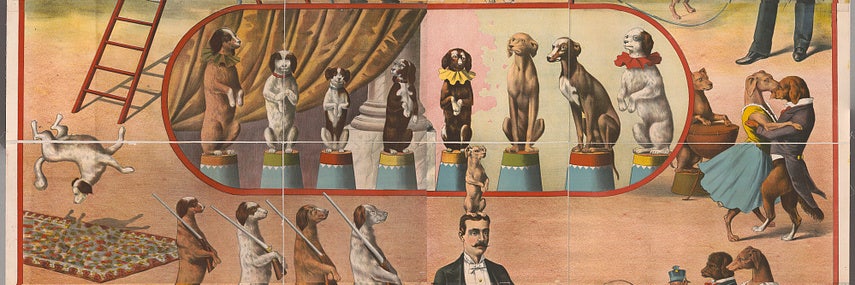


Facts and artifacts from world history by George Dillard. Longer writing at https://worldhistory.medium.com or https://worldhistory.substack.com
This profile is from a federated server and may be incomplete. Browse more on the original instance.
Private